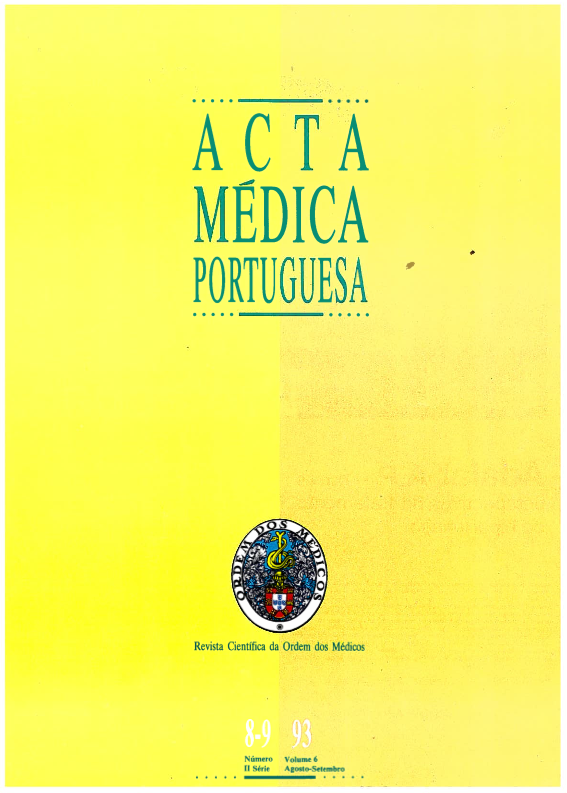Angiography in the diagnosis of cerebrovascular pathology. Current indications and controversies.
DOI:
https://doi.org/10.20344/amp.3131Abstract
The role of cerebral angiography in the diagnosis of cerebrovascular disease is currently being questioned due to both the increasing availability of carotid sonography and the recent introduction of Magnetic Resonance Angiography (MRA). After a technical foreword about the different modalities available today in Cerebral Angiography, we discuss its present indications (Conventional or Digital subtraction by intra-arterial route), in patients with extra and intra cranial atherosclerotic cerebro vascular disease, subarachnoid hemorrhage and arterial aneurysms, in vascular malformations, particularly arterio-venous malformations (AVM's), in occlusive non-atherosclerotic non hypertensive arteriopathies and in occlusive venous pathology. Although it is possible that the future will show us the progressive replacement of the invasive technologies by MRA, at the present stage of Magnetic Resonance development there is still an important role, if not crucial, for catheter angiography in the diagnosis of most of the diseases producing stroke syndromes.Downloads
Downloads
How to Cite
Issue
Section
License
All the articles published in the AMP are open access and comply with the requirements of funding agencies or academic institutions. The AMP is governed by the terms of the Creative Commons ‘Attribution – Non-Commercial Use - (CC-BY-NC)’ license, regarding the use by third parties.
It is the author’s responsibility to obtain approval for the reproduction of figures, tables, etc. from other publications.
Upon acceptance of an article for publication, the authors will be asked to complete the ICMJE “Copyright Liability and Copyright Sharing Statement “(http://www.actamedicaportuguesa.com/info/AMP-NormasPublicacao.pdf) and the “Declaration of Potential Conflicts of Interest” (http:// www.icmje.org/conflicts-of-interest). An e-mail will be sent to the corresponding author to acknowledge receipt of the manuscript.
After publication, the authors are authorised to make their articles available in repositories of their institutions of origin, as long as they always mention where they were published and according to the Creative Commons license.









